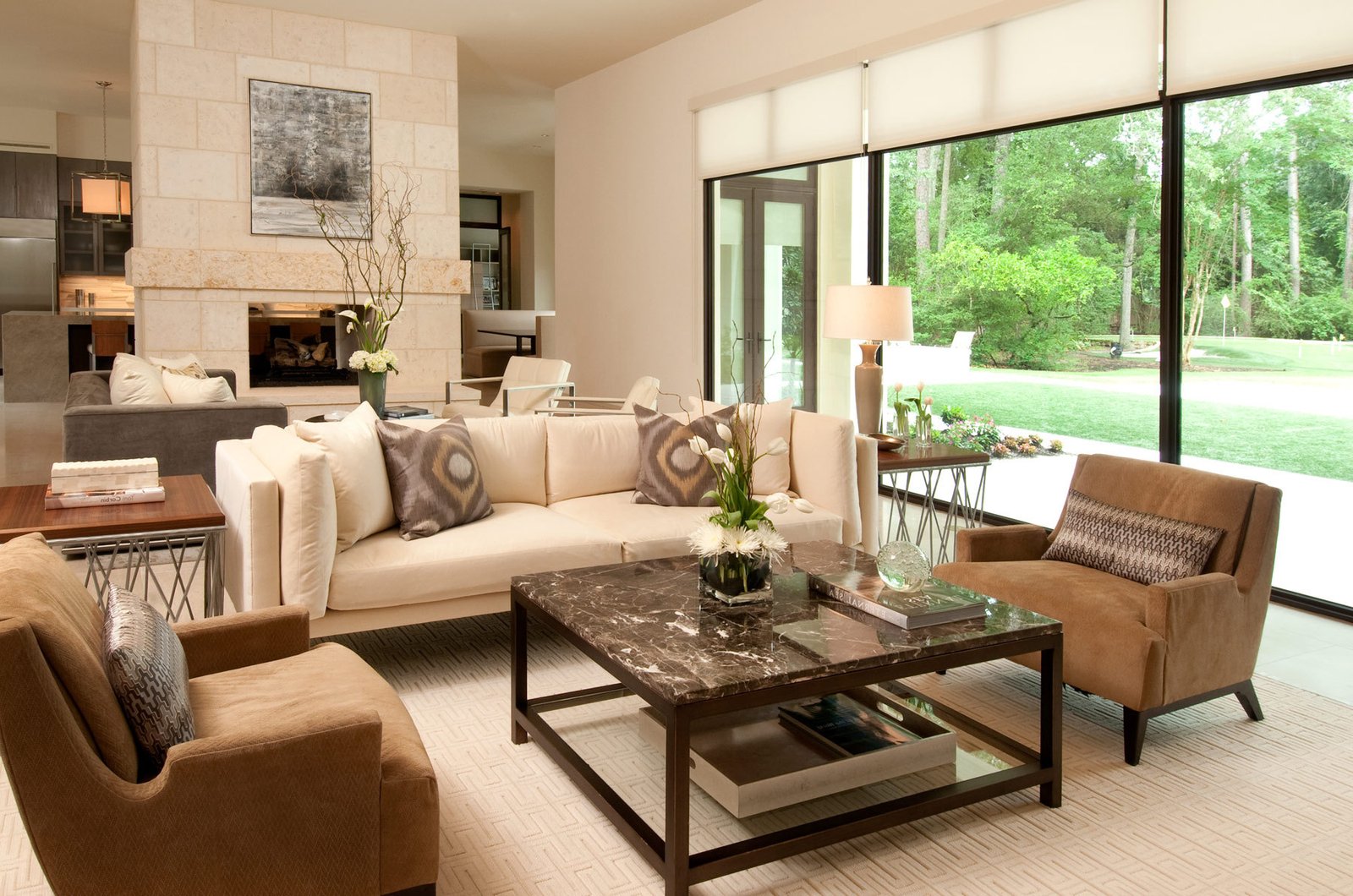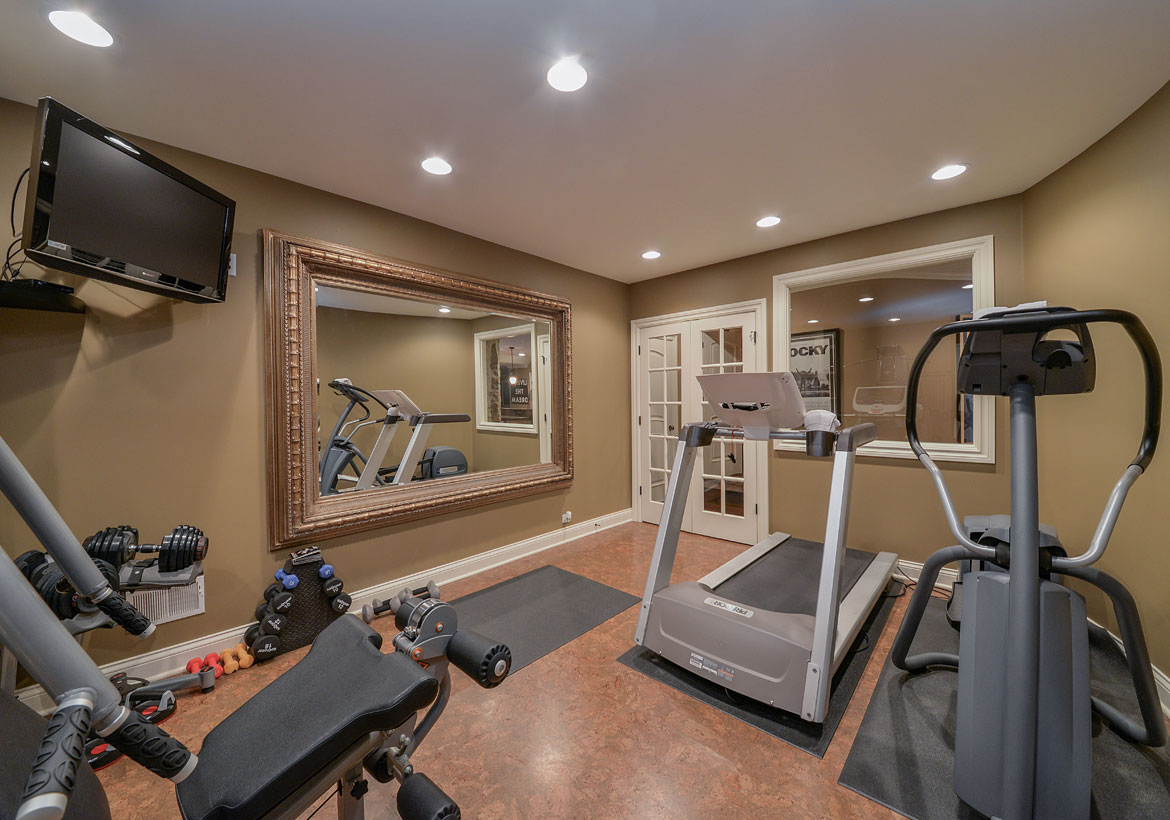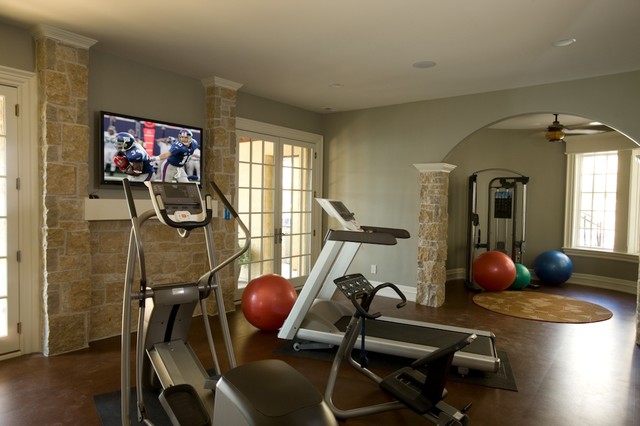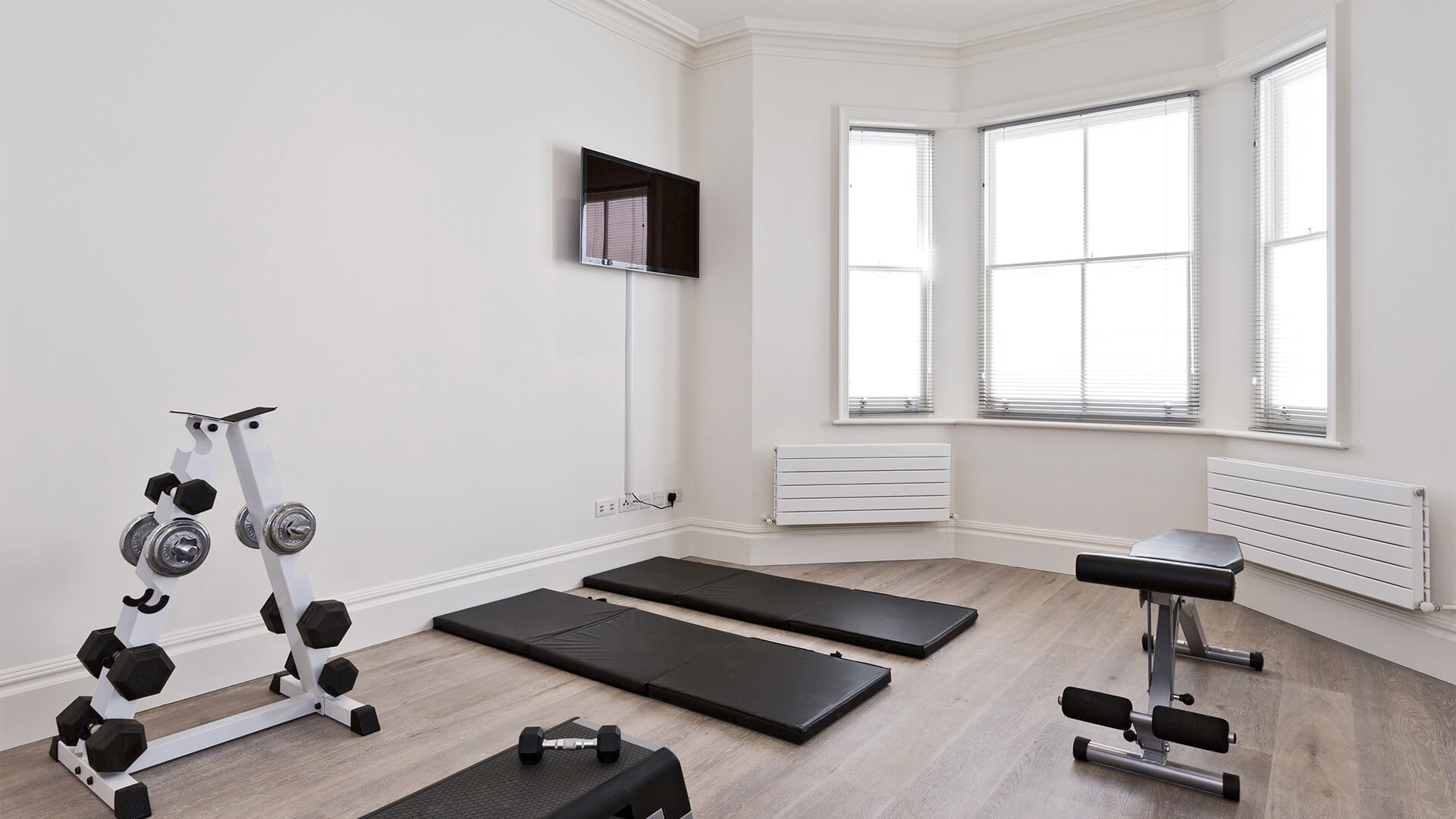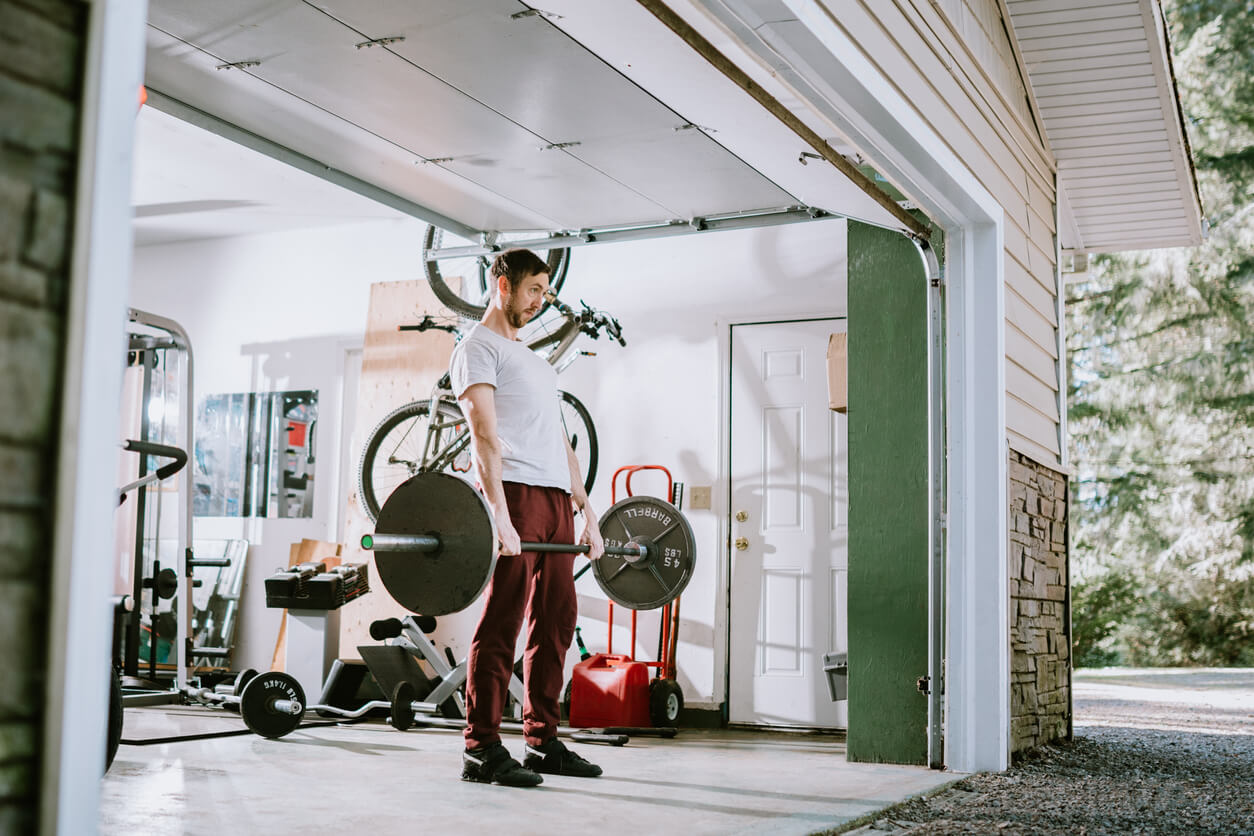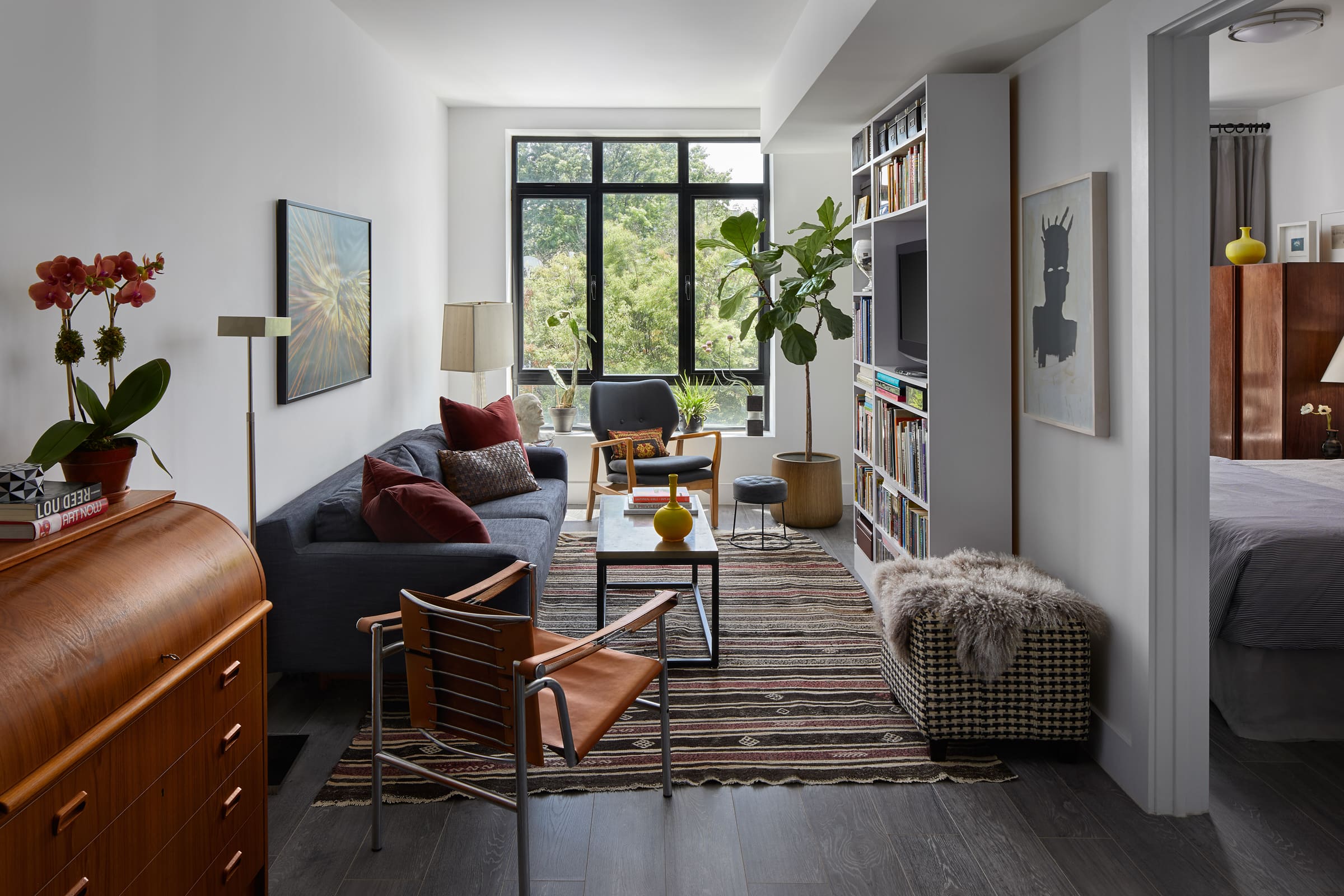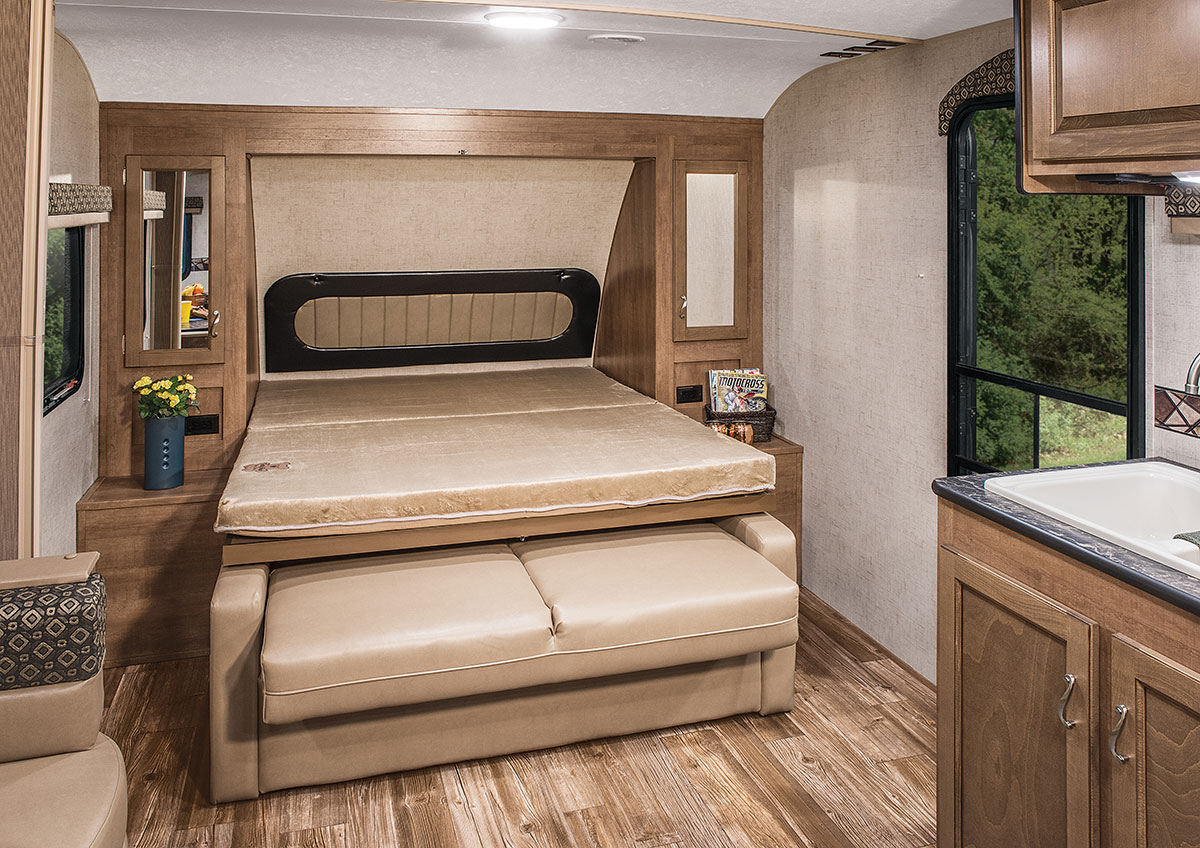If you have a small living room but still want to have a designated exercise area, don't worry – there are plenty of creative ways to make it happen. With some smart design ideas, you can have a functional and stylish exercise room right in your living room. Here are some ideas to get you started: Maximize Vertical Space When it comes to designing a small exercise room in your living room, vertical space is your best friend. Consider installing floating shelves or wall-mounted racks to store smaller exercise equipment like yoga mats or resistance bands. This will free up floor space and make your living room feel more open and spacious. Invest in Foldable Equipment Another way to save space in your living room is to invest in foldable exercise equipment. This includes things like folding treadmills, collapsible weight benches, and portable ellipticals. These types of equipment can easily be stored away in a closet or under a bed when not in use, making them perfect for small living room exercise areas. Utilize Multi-Functional Furniture Multi-functional furniture is a great way to save space and add versatility to your living room exercise area. For example, you could invest in a storage ottoman that doubles as a workout bench, or a coffee table that can be adjusted to different heights for various exercises. This way, your exercise equipment can serve a dual purpose and blend seamlessly into your living room decor.Exercise Room Design Ideas for Small Spaces
If you want to take your living room exercise area to the next level and create a full-fledged home gym, here are some tips to help you get started: Establish a Designated Space The first step to creating a home gym in your living room is to establish a designated space for it. This could be a corner of the room or a section of the room that is not used for other purposes. Make sure to measure the space and plan out the layout before bringing in any equipment. Invest in Versatile Equipment Since you'll be working with limited space, it's important to invest in versatile equipment that can target multiple muscle groups and be used for a variety of exercises. Examples include adjustable dumbbells, resistance bands, and exercise balls. These types of equipment will allow you to have a full-body workout without taking up too much space in your living room. Consider Soundproofing If you live in an apartment or have neighbors close by, you may want to consider soundproofing your living room to minimize noise during your workouts. This can be done with acoustic panels or soundproof curtains that can be easily hung and removed as needed.How to Create a Home Gym in Your Living Room
Having a workout space in your living room doesn't have to mean sacrificing style. Here are some ideas to help you create a beautiful and functional living room workout space: Incorporate Natural Elements Bring some nature into your living room workout space by incorporating indoor plants or natural materials like wood or rattan. This will not only add a touch of beauty to the space but also create a more calming and peaceful atmosphere for your workouts. Hang Motivational Artwork To keep yourself motivated during your workouts, consider hanging motivational artwork on the walls of your living room exercise area. This could be a quote that inspires you or a picture of someone who embodies your fitness goals. This will serve as a reminder to stay focused and push through any challenging exercises. Add Functional Lighting Having proper lighting in your living room workout space is important for safety and functionality. Consider adding task lighting like floor lamps or adjustable track lighting to brighten up the area and make it easier to see while exercising. You could also add some ambient lighting like string lights or LED candles to create a cozy and inviting atmosphere.Living Room Workout Space Ideas
When it comes to designing an exercise room in your living room, every inch of space counts. Here are some tips for maximizing space in your living room workout area: Use Mirrors Strategically placing mirrors in your living room exercise area can make the space appear larger and reflect natural light, making the room feel brighter and more open. Mirrors are also great for checking your form and posture during workouts. Store Equipment Under Furniture If you have furniture in your living room with a bit of space underneath, consider using that space to store smaller exercise equipment like resistance bands or yoga blocks. This will keep these items easily accessible but out of the way when not in use. Utilize the Walls Don't be afraid to use the walls in your living room exercise area for storage and organization. You can install floating shelves or pegboards to store smaller items, or hang baskets or hooks to hold larger equipment like kettlebells or medicine balls.Maximizing Space: Exercise Room in Living Room
When it comes to designing a layout for your living room exercise area, it's important to consider the flow of the room and how you will move through it during your workouts. Here are some layout ideas to help you get started: Use a Corner If you have a small living room, utilizing a corner for your exercise area can be a great space-saving solution. You can place a treadmill or exercise bike in one corner and use the adjacent walls for storage or hanging equipment. This layout also allows for easy access to natural light and ventilation. Go for a Symmetrical Layout If you prefer a more symmetrical and balanced look, try placing your exercise equipment in the center of the room with storage and functional furniture on either side. This will create a sense of symmetry and balance in the room while also keeping everything within reach during your workouts. Keep It Simple If you have limited space and don't want to clutter your living room with exercise equipment, consider keeping your layout simple and minimal. You can place a yoga mat or exercise ball in one corner and use the rest of the space for bodyweight exercises or cardio like jumping jacks or high knees. This layout is perfect for small living rooms and can easily be adjusted as needed.Small Living Room Exercise Room Layout Ideas
One of the best ways to make the most out of your living room exercise area is to incorporate it into a multi-functional space. Here's how: Add a Murphy Bed If you have a small living room and want to use it as both a guest room and an exercise area, consider adding a Murphy bed. This way, you can easily transform your living room into a guest room when needed and use the rest of the space for your workouts. Create a Dual-Use Office Space If you work from home and need a designated office space, consider creating a dual-use space with your living room exercise area. You can use a fold-down desk or rolling cart to store your work essentials, and then easily move them out of the way when it's time to workout. Make Use of Room Dividers If your living room is large enough, you can use room dividers to create separate areas for different activities. For example, you could have a designated area for watching TV, a work area, and an exercise area. This way, each area can serve its purpose without interfering with the others.Creating a Multi-Functional Living Room with an Exercise Area
Who says your exercise equipment has to be an eyesore in your living room? With some creativity and strategic placement, you can incorporate your equipment into your living room decor seamlessly. Use Color-Coordinated Equipment One way to make your exercise equipment blend in with your living room decor is to choose color-coordinated options. For example, if your living room has a blue and white color scheme, you could opt for blue yoga mats, white resistance bands, and blue hand weights to match the room. Hide Equipment with Curtains If you have larger exercise equipment like a treadmill or elliptical that you don't want on display all the time, you can use curtains to hide them when not in use. Simply install a curtain rod above the equipment and hang some curtains that match your living room decor. Repurpose Old Equipment Instead of buying new equipment, consider repurposing old furniture or household items for your workouts. For example, you could use a sturdy chair as a step-up platform, or fill milk jugs with water or sand for hand weights. This not only saves money but also adds a unique and personal touch to your living room exercise area.Incorporating Exercise Equipment into Your Living Room Decor
Here are some additional tips to keep in mind when designing your living room exercise area: Keep Safety in Mind When choosing equipment and designing the layout for your living room exercise area, it's important to prioritize safety. Make sure there is enough space to perform exercises safely, and that any equipment is stable and secure. Keep It Organized Clutter can be a major distraction when working out, so make sure to keep your living room exercise area organized. Use storage solutions like baskets or bins to keep equipment and accessories in one place, and designate a spot for each item to make it easy to find and put away. Incorporate Natural Light Exercising in natural light has been shown to boost mood and productivity, so try to incorporate as much natural light into your living room exercise area as possible. If your living room doesn't have many windows, consider using mirrors or light-colored walls to reflect and amplify the natural light that does come in.Living Room Exercise Room Design Tips
With the right design ideas and equipment, it's possible to transform your living room into a fully functional home gym. Follow these tips to make the most out of your living room workout space: Start with the Essentials When first setting up your living room exercise area, start with the essentials – a workout mat, hand weights, and resistance bands are a good place to start. This will allow you to get in a full-body workout without taking up too much space. Gradually Add EquipmentTransforming Your Living Room into a Home Gym
Maximizing Space: Incorporating an Exercise Room in Your Living Room Design

The Benefits of Having an Exercise Room in Your Living Room
 In today's fast-paced world, finding the time to prioritize our health and fitness can be a challenge. With busy work schedules and family responsibilities, it's not always easy to make it to the gym. But what if we told you that you could bring the gym to your living room? Yes, you heard that right – by incorporating an
exercise room
in your living room design, you can
maximize space
and make fitness a part of your everyday routine.
Having an
exercise room
in your living room offers a plethora of benefits. First and foremost, it eliminates the excuse of not having enough time to go to the gym. With a dedicated space in your own home, you can easily squeeze in a quick workout before or after work, or even during your lunch break. This convenience can also save you money in the long run, as you won't have to pay for a gym membership or commute to a fitness facility.
In today's fast-paced world, finding the time to prioritize our health and fitness can be a challenge. With busy work schedules and family responsibilities, it's not always easy to make it to the gym. But what if we told you that you could bring the gym to your living room? Yes, you heard that right – by incorporating an
exercise room
in your living room design, you can
maximize space
and make fitness a part of your everyday routine.
Having an
exercise room
in your living room offers a plethora of benefits. First and foremost, it eliminates the excuse of not having enough time to go to the gym. With a dedicated space in your own home, you can easily squeeze in a quick workout before or after work, or even during your lunch break. This convenience can also save you money in the long run, as you won't have to pay for a gym membership or commute to a fitness facility.
Making Room for an Exercise Room
 Now that you're convinced of the benefits, you may be wondering how to incorporate an
exercise room
into your living room without it looking cluttered or out of place. The key is to
maximize space
and create a seamless design that blends in with the rest of your living room.
One way to achieve this is by choosing
multi-functional
furniture pieces. For example, a coffee table that doubles as a workout bench or a storage ottoman that can hold your exercise equipment. You can also opt for wall-mounted equipment, such as a foldable treadmill or resistance bands, to save space.
Mirrors
can also give the illusion of a larger room while being functional for yoga or weight training exercises.
Now that you're convinced of the benefits, you may be wondering how to incorporate an
exercise room
into your living room without it looking cluttered or out of place. The key is to
maximize space
and create a seamless design that blends in with the rest of your living room.
One way to achieve this is by choosing
multi-functional
furniture pieces. For example, a coffee table that doubles as a workout bench or a storage ottoman that can hold your exercise equipment. You can also opt for wall-mounted equipment, such as a foldable treadmill or resistance bands, to save space.
Mirrors
can also give the illusion of a larger room while being functional for yoga or weight training exercises.
Designing for Function and Aesthetics
 Incorporating an
exercise room
in your living room doesn't mean sacrificing style for function. In fact, a well-designed exercise space can add to the overall aesthetics of your living room. Consider using
neutral colors
for the walls and flooring to create a calming atmosphere. You can also add pops of color with
decorative accents
such as pillows or mats. Incorporating natural elements, such as plants, can also add a sense of tranquility to the space.
Another important aspect to consider is
proper lighting
. Natural light is always best, so if possible, try to set up your exercise area near a window. If not, make sure to use
ambient lighting
that is bright enough for workouts but can also be dimmed for a more relaxed atmosphere.
Incorporating an
exercise room
in your living room doesn't mean sacrificing style for function. In fact, a well-designed exercise space can add to the overall aesthetics of your living room. Consider using
neutral colors
for the walls and flooring to create a calming atmosphere. You can also add pops of color with
decorative accents
such as pillows or mats. Incorporating natural elements, such as plants, can also add a sense of tranquility to the space.
Another important aspect to consider is
proper lighting
. Natural light is always best, so if possible, try to set up your exercise area near a window. If not, make sure to use
ambient lighting
that is bright enough for workouts but can also be dimmed for a more relaxed atmosphere.
Start Maximizing Space Today
 In conclusion, incorporating an
exercise room
in your living room is a practical and efficient way to
maximize space
and prioritize your health and fitness. With the right design choices, you can create a functional and aesthetically pleasing space that seamlessly blends in with your living room. So why wait? Start incorporating an exercise room in your living room design today and reap the benefits of a healthier lifestyle.
In conclusion, incorporating an
exercise room
in your living room is a practical and efficient way to
maximize space
and prioritize your health and fitness. With the right design choices, you can create a functional and aesthetically pleasing space that seamlessly blends in with your living room. So why wait? Start incorporating an exercise room in your living room design today and reap the benefits of a healthier lifestyle.



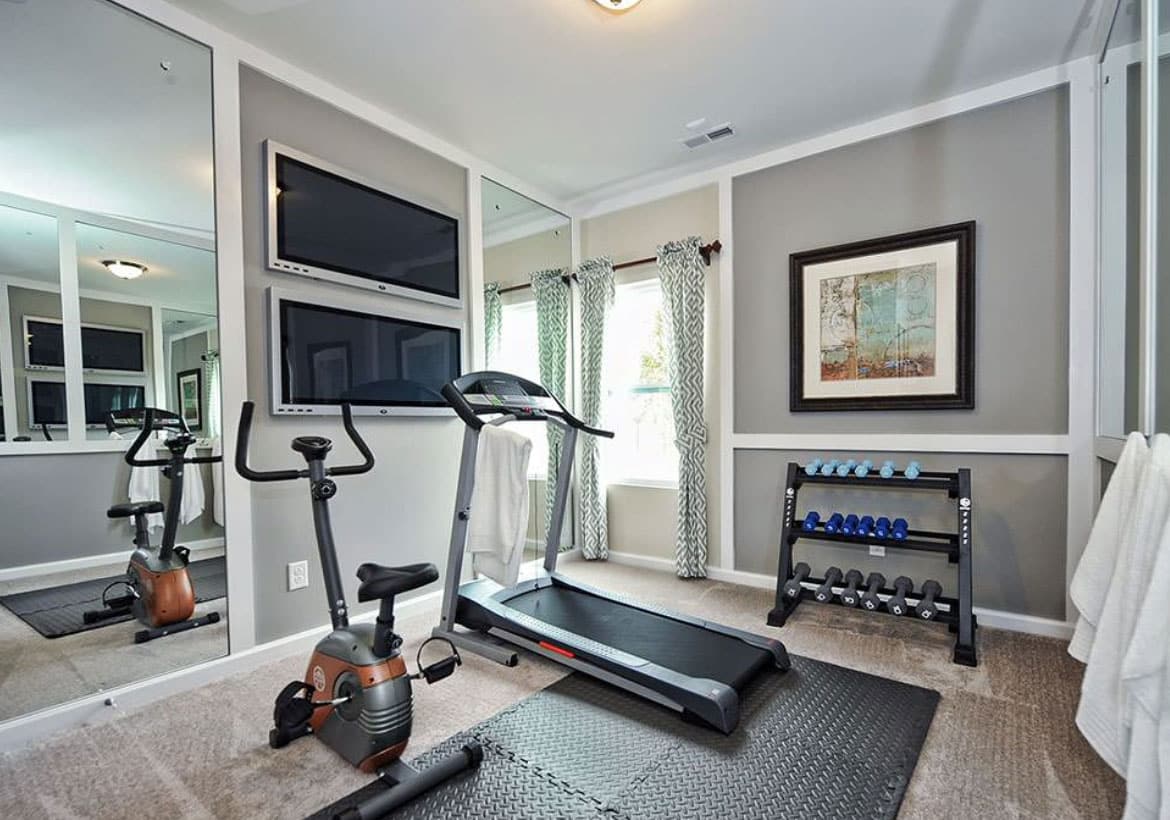




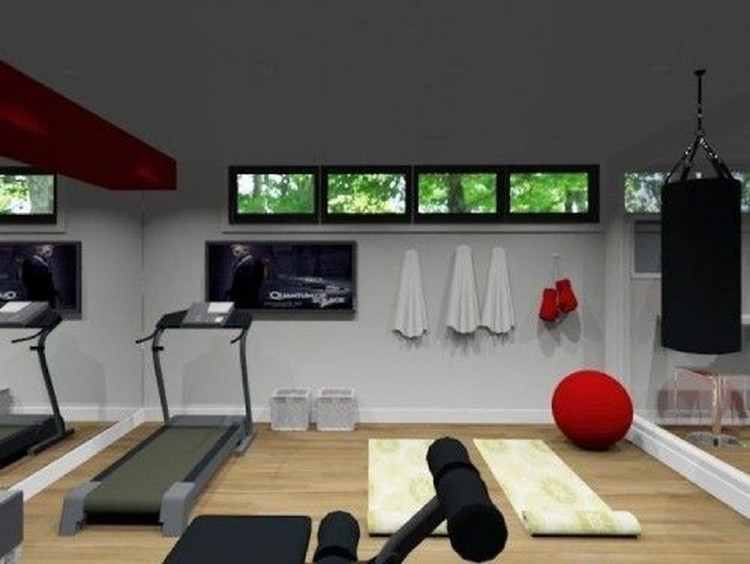










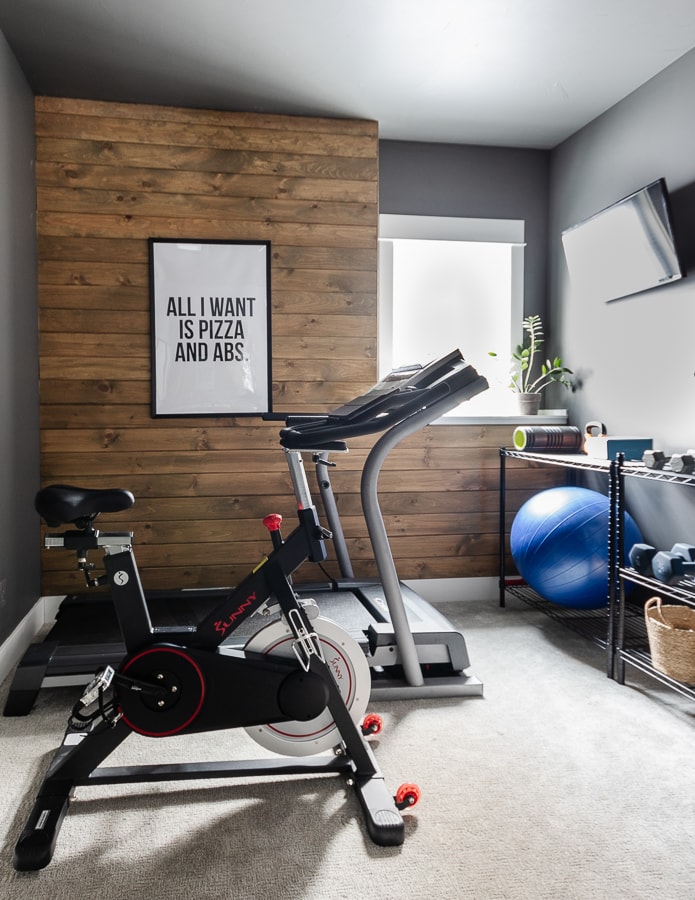



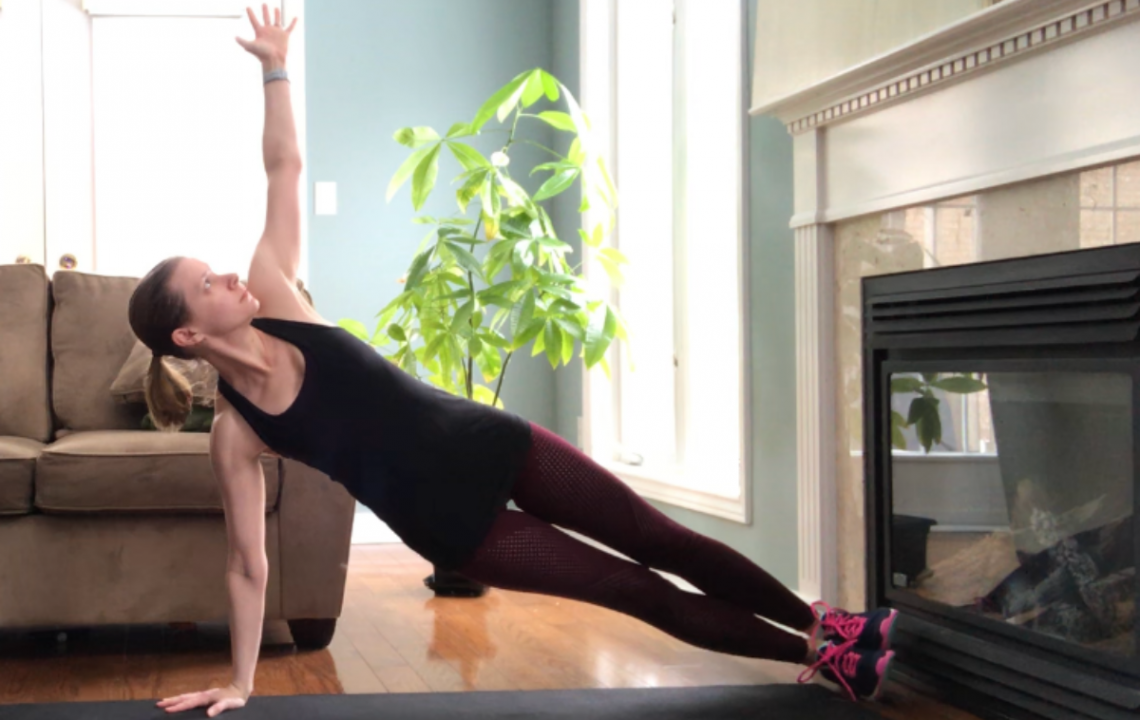


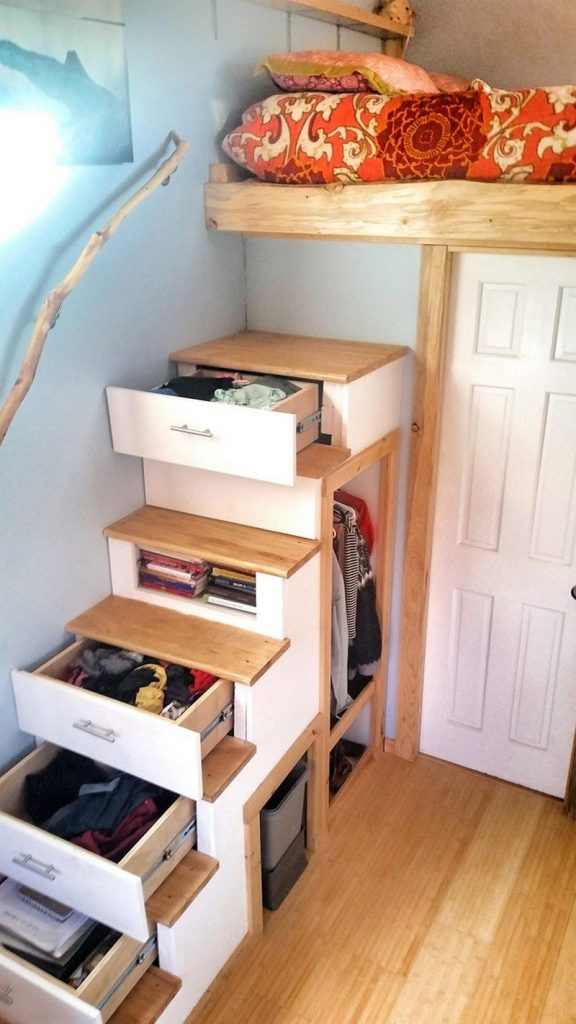
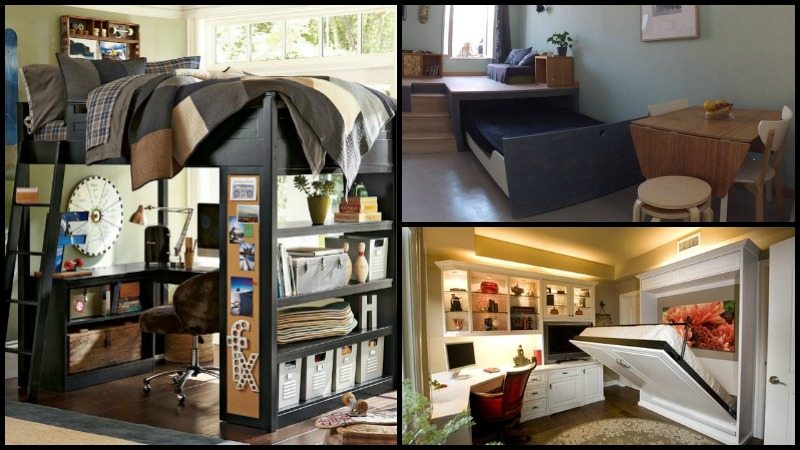

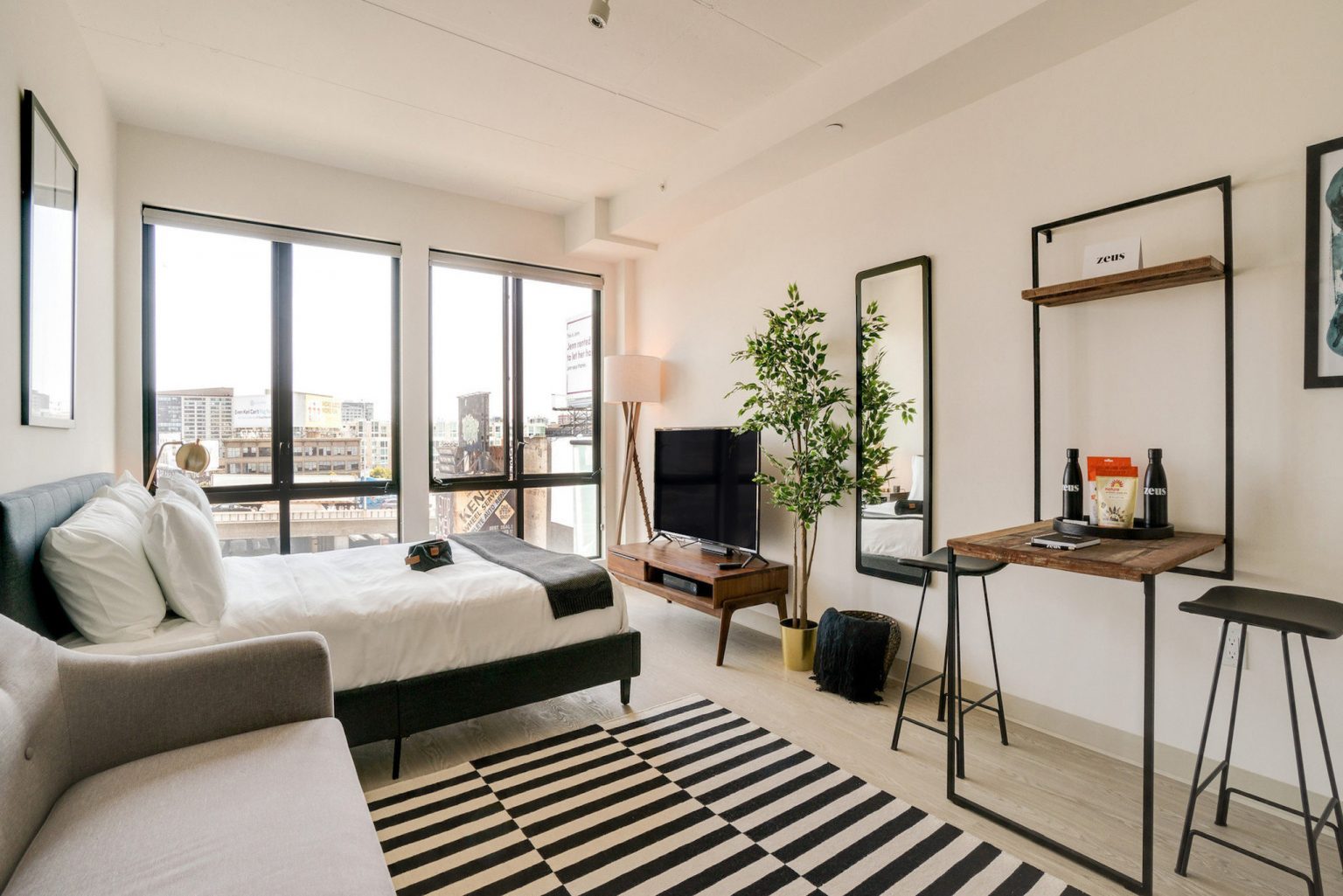



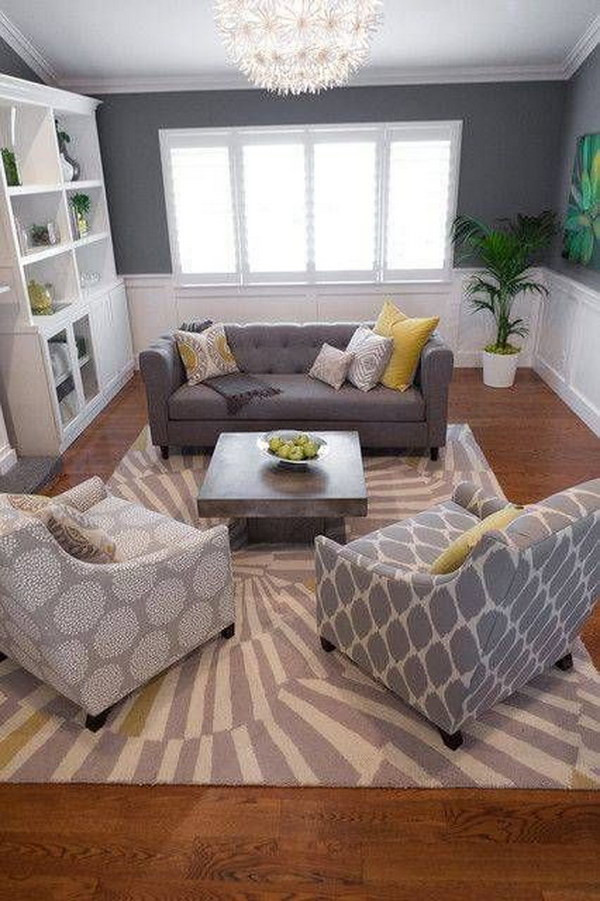


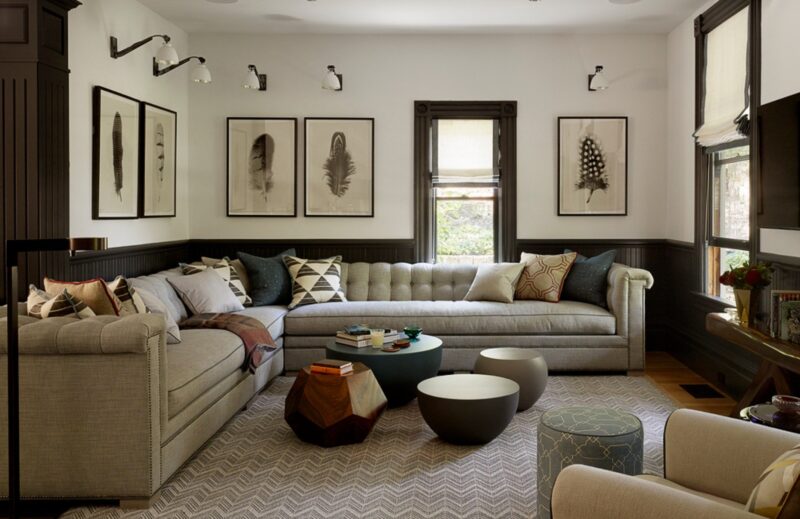

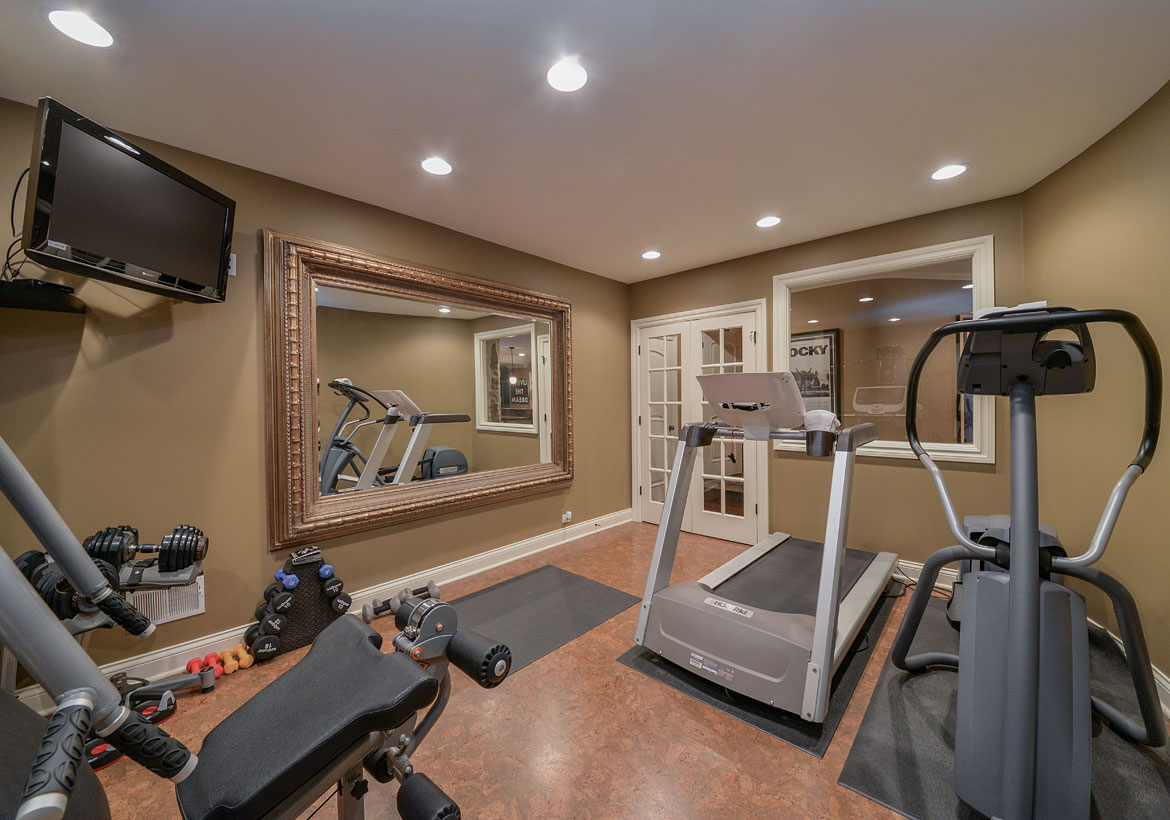
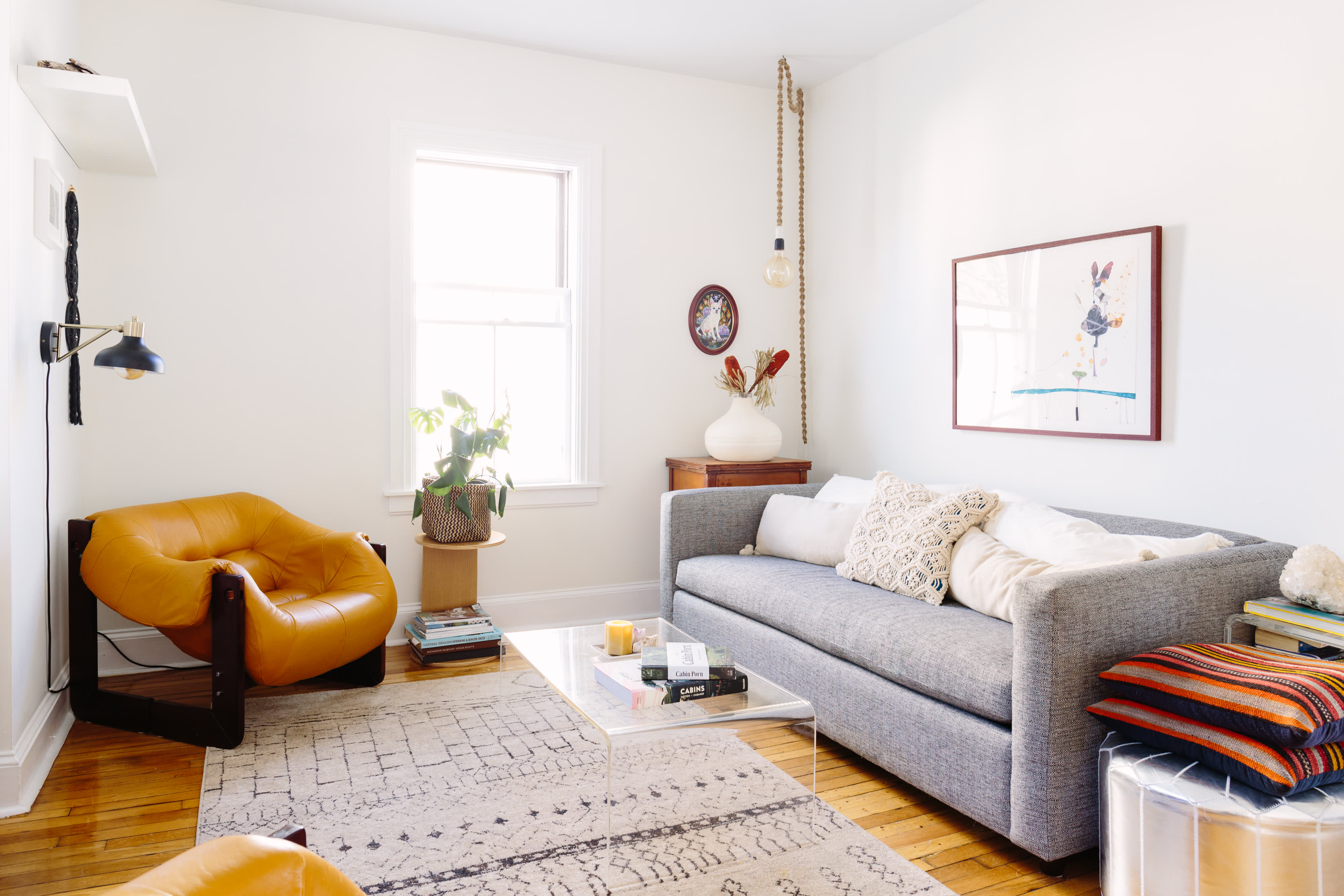



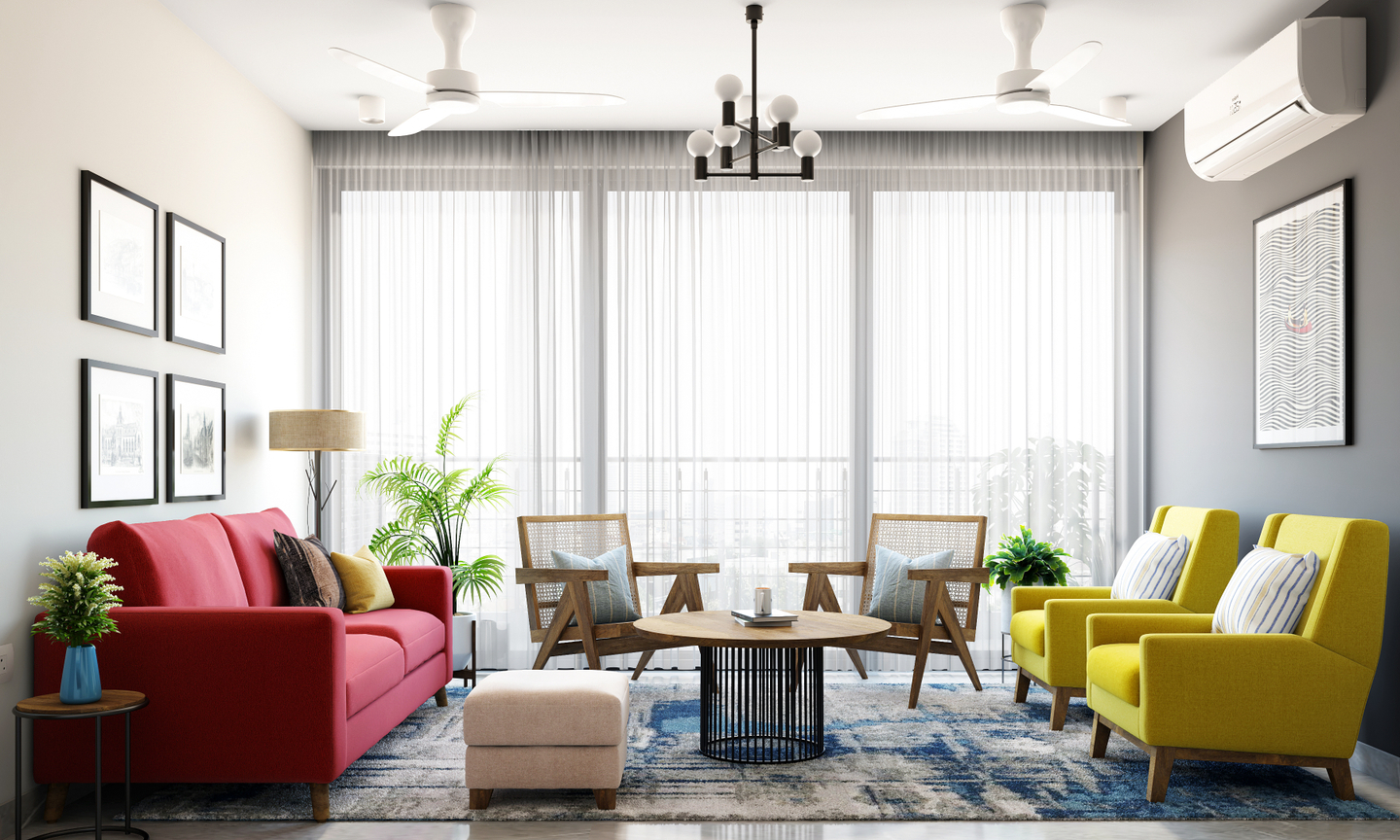

















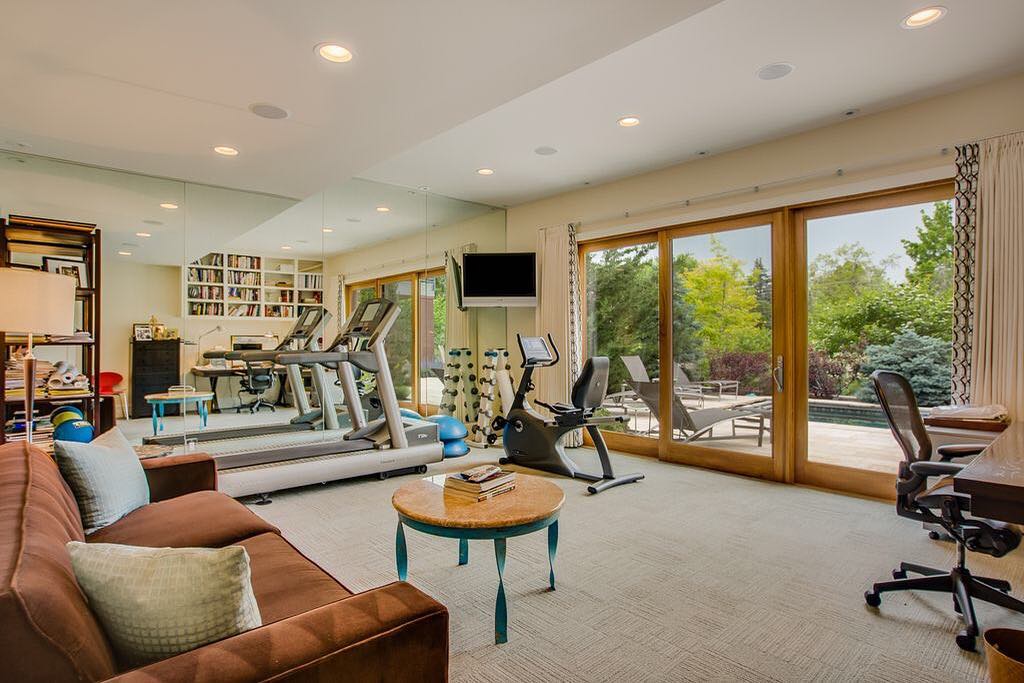


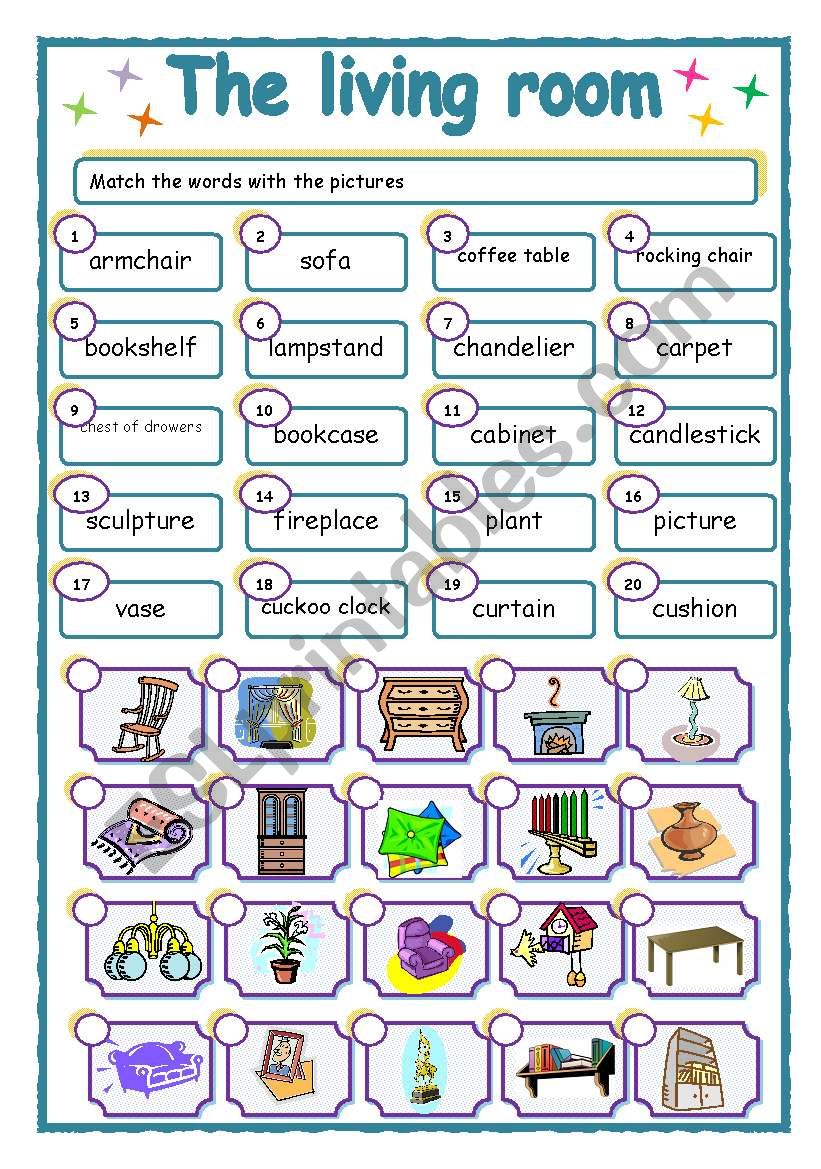


:max_bytes(150000):strip_icc()/AtelierDavis_PeachtreeHills_Living-c780d72714e44983aecfad28dd3f3e9a-1cc1cf3e2b2a47c6ab415f13e814c7b1.jpeg)
